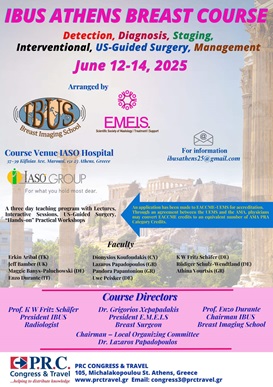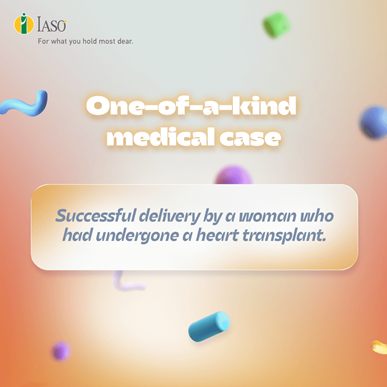
Treatment of Placenta Previa & Placenta Accreta Spectrum
Maternity Clinic
Placenta Accreta
The cases of Placenta Accreta Spectrum (PAS) constitute a challenge for Obstetrics. This condition is associated with a high likelihood of obstetric hysterectomy and hemorrhaging, but also with increased morbidity, such as severe multiple-organ failure,
ureter, urinary bladder and colon injury, disseminated intravascular coagulation, as well as death of the mother in 7% of the cases.
As a previous C-section carries the highest risk factor for PAS in a subsequent pregnancy, the frequency
of PAS cases continues to increase in the last years, following the increase in C-sections.
The increased morbidity and mortality of these cases, as well as the increased frequency of occurrence, render preoperative planning and
preparation necessary. The international literature highlights the need to treat PAS cases in dedicated maternity clinics
(Specialized Centers for Placenta Accreta Spectrum Cases ) by a team of specialists in well-organized facilities, which are staffed with suitably trained personnel and have the necessary infrastructure.
Why must Placenta Accreta cases be treated in a Specialized Center for Placenta Accreta Spectrum Cases ?
IASO Specialized Center for Placenta Accreta Spectrum Cases
IASO is equipped with the necessary infrastructure for a Center of Excellence for PAS cases. In particular:
- Adult Intensive Care Unit (ICU)
- Neonatal Intensive Care Unit (NICU)
- Blood Bank
- Cell-Saver Intraoperative Autotransfusion System
- Fetal Medicine Department
- MRI Device
The Coordinator of the dedicated center and the PAS Cases Care Team of IASO Maternity and Gynecology Clinic, Mr. Stavros Fotopoulos, Obstetrician/Gynecologist, has treated a large number of Placenta Accreta cases, not only scheduled, but also emergencies.
The experience of our Center and the results from treating PAS cases
Even though in international literature hysterectomy is the norm in extensive infiltration of the placenta beyond the uterus (percreta), in our case, conservative management was performed in 19 out of the 40 cases, and uterine preservation was possible, despite extending to the parametrium and urinary bladder.
Intraoperative Autotransfusion System (Intraoperative Cell Salvage, Cell-Saver)
Another innovation is the introduction of the Cell-Saver Intraoperative Autotransfusion System. The introduction of the Cell-Saver aims at restricting
heterologous blood transfusion, meaning blood transfusion from a donor,
and, therefore, any possible impact on the patient.
During intraoperative autotransfusion, the patient’s blood is collected from the surgical field and, after being entered into and processed through the Cell-Saver system, is transfused
directly into the patient.
For specific cases, IASO uses the Cell-Saver 5 Plus Intraoperative Autotransfusion System by US HAEMONETICS Corporation.
The system offers a specially designed, low-pressure aspiration tube, which aspirates
the blood from the surgical field, without killing the red blood cells. The collected blood passes through a heparin solution, through a white blood cell filter, which traps and removes amniotic fluid cells and possible bacteria or other ingredients,
and through saline. Provided the quantity is adequate, the blood is transfused directly into the patient.











